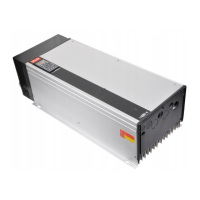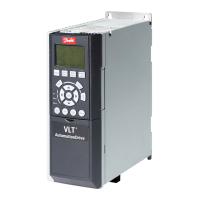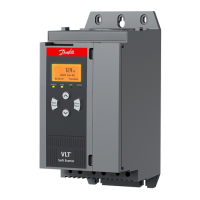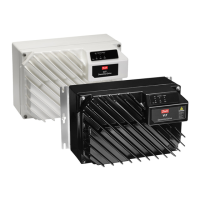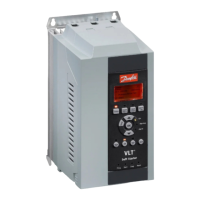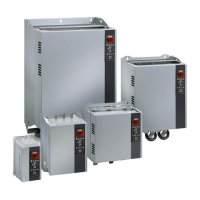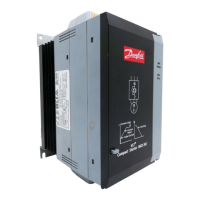2.7.23 Secondary Pumps
Secondary pumps in a primary/secondary chilled water pumping system are used to distribute the chilled water to the loads from the primary production
loop. The primary/secondary pumping system is used to hydronically de-couple one piping loop from another. In this case. The primary pump is used to
maintain a constant flow through the chillers while allowing the secondary pumps to vary in flow, increase control and save energy.
If the primary/secondary design concept is not used and a variable volume system is designed, when the flow rate drops far enough or too quickly, the
chiller cannot shed its load properly. The chiller’s low evaporator temperature safety then trips the chiller requiring a manual reset. This situation is
common in large installations especially when two or more chillers in parallel are installed.
2.7.24 The VLT Solution
While the primary-secondary system with two-way valves improves energy savings and eases system control problems, the true energy savings and
control potential is realized by adding frequency converters.
With the proper sensor location, the addition of frequency converters allows the pumps to vary their speed to follow the system curve instead of the
pump curve.
This results in the elimination of wasted energy and eliminates most of the over-pressurization, two-way valves can be subjected too.
As the monitored loads are reached, the two-way valves close down. This increases the differential pressure measured across the load and two-way
valve. As this differential pressure starts to rise, the pump is slowed to maintain the control head also called setpoint value. This set-point value is calculated
by summing the pressure drop of the load and two way valve together under design conditions.
Please note that when running multiple pumps in parallel, they must run at the same speed to maximize energy savings, either with individual dedicated
drives or one frequency converter running multiple pumps in parallel.
VLT
®
HVAC Drive Design Guide 2 Introduction to VLT HVAC Drive
MG.11.B9.02 - VLT
®
is a registered Danfoss trademark
31
2

